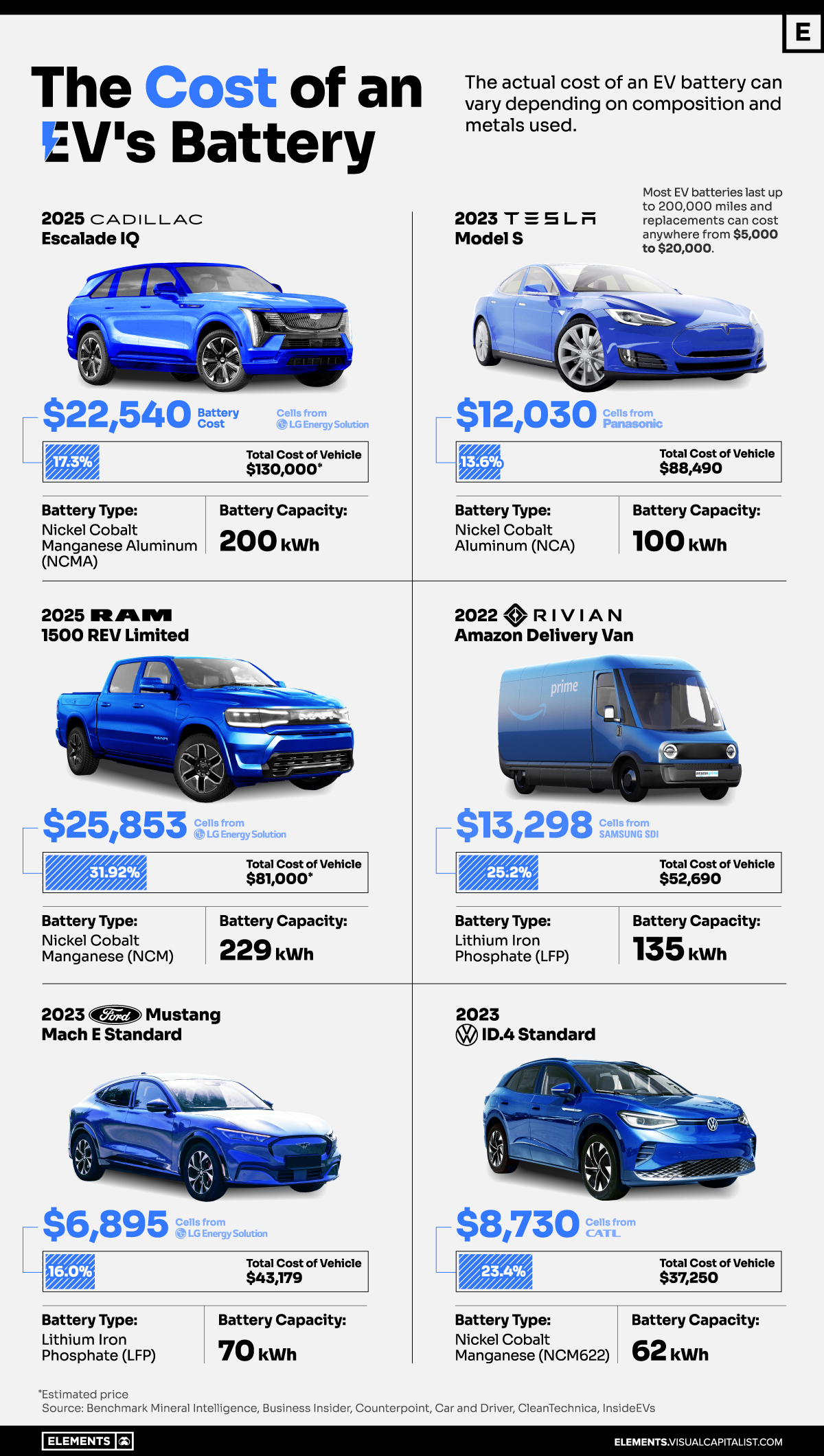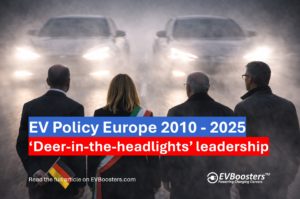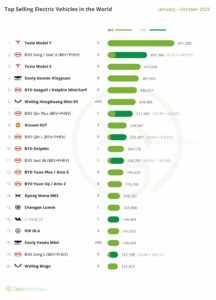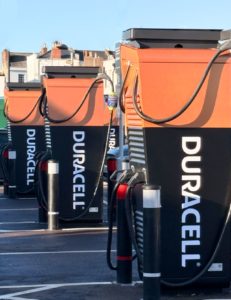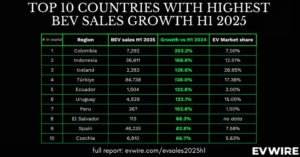One of the key takeaways from the article is that the cost of an EV battery pack is not fixed but rather varies based on factors such as raw material expenses, production complexities, and supply chain stability. However, one of the most significant factors is the chemical composition of the battery.
Lithium-ion batteries, the common choice for EVs, rely on graphite for the anode. It’s the cathode’s mineral composition that differentiates one battery from another, influencing capacity, power, safety, lifespan, cost, and overall performance.
For instance, the article highlights that lithium nickel cobalt aluminum oxide (NCA) batteries have an average price of $120.3 per kilowatt-hour (kWh), while lithium nickel cobalt manganese oxide (NCM) comes in slightly cheaper at $112.7 per kWh. These batteries, rich in nickel, offer impressive energy density, translating into longer driving ranges.
On the other hand, lithium iron phosphate (LFP) batteries, while less energy-dense, have a lower average price of $98.5 per kWh. This cost advantage makes them a favorable choice for standard- or short-range EVs.
In the rapidly evolving EV battery market, specific compositions have taken center stage. In 2021, NCM batteries commanded 58% of the market share, closely followed by LFP and NCA, each holding a 21% share.
Looking ahead to 2026, the article predicts significant shifts in market dynamics. LFP batteries are projected to nearly double their market share, reaching 38%. NCM is anticipated to constitute 45% of the market, while NCA is expected to decline to 7%.
These insights emphasize the dynamic nature of the EV battery market, where changes in battery composition, technological advancements, and supply chain considerations are continually shaping the cost and performance of electric vehicle batteries.
As EV adoption continues to grow, understanding the intricacies of battery costs is vital for consumers, manufacturers, and policymakers alike. This article provides valuable insights into the evolving landscape of electric vehicle batteries, shedding light on the forces influencing their prices and their impact on the broader automotive industry.
Source: what is the cost of electric vehicle batteries? | Elements
